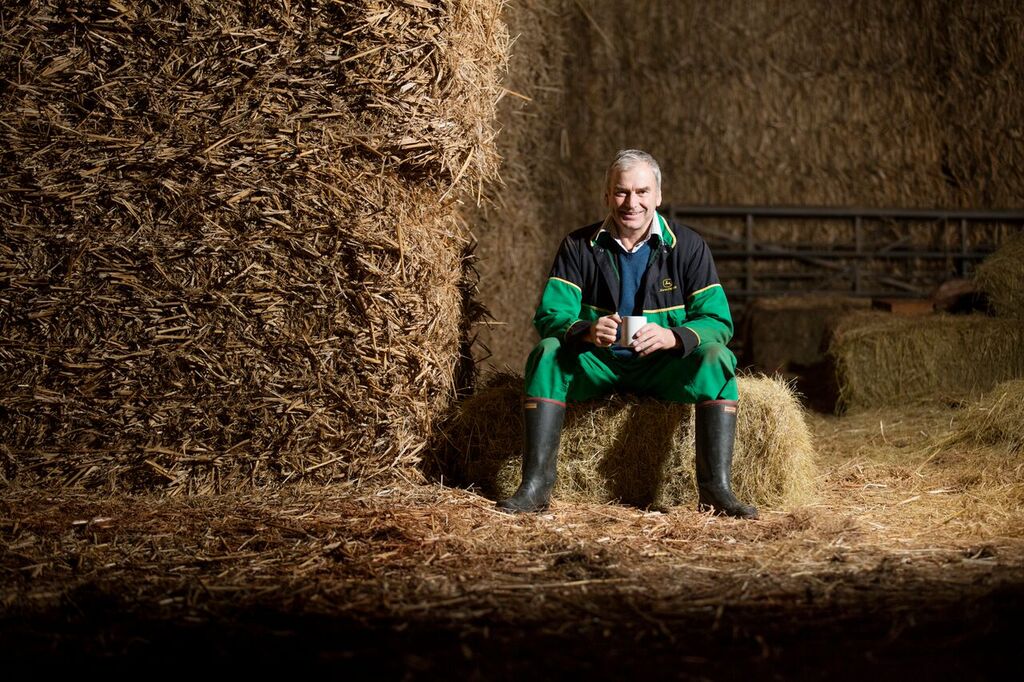
Farmers considering planting miscanthus in spring 2017 should plan ahead now, according to experts.
The crop is a hardy perennial, and is harvested annually after the second year of establishment, for 20 years or more. The advice is that there’s one chance to plant it - so get it right.
"Forward planning is key to securing a high yielding crop, and if it’s a new cropping enterprise, it’s advisable to talk to experts and experienced farmers in your area to better understand the steps involved to get the land in optimum condition, before embarking on planting the first crop," says Terravesta farms advisory manager, Andy Lee.
Terravesta manages the UK’s miscanthus supply chain, fuelling power stations with the crop, for energy production.
The company encourages anyone interested in miscanthus to get in touch to find out about attending one of their programmed farm walks, or visiting an existing grower to see what’s involved with farming the low maintenance crop.
"The best crops start life in the planning stage the year before planting, and it thrives on less favourable land, so earmark those fields now.
"Miscanthus, just like any other arable crop, will do better if cultural controls such as the seed bed and weed management are tip top, and seed bed preparation can start in autumn this year," says Andy.
Guarantees returns for 20 years
Growing miscanthus can be a lifestyle choice in that it looks after itself once it’s been established.
"Suited to less favourable land, miscanthus needs little maintenance and no inputs,” says Somerset miscanthus grower, Richard Gothard.
"It also guarantees returns for 20 years from miscanthus supply chain specialists Terravesta, with average margins of £445 per hectare after harvesting costs."
Described as the ‘grass of the future’ by his agronomist, Richard believes that the crop offers a good alternative for growers to consider and is confident it has an important role to play in the future of renewable fuels.
Richard planted eight hectares of miscanthus for the first time in 2002 at Lower Marsh farm, near Taunton, and now grows 100 hectares of miscanthus out of the total farm size of 134 hectares.
The land was formerly in food crop production that included potatoes, beef and corn, leaving the remaining 34 hectares to grow maize and grass for a local dairy farmer.
'Miscanthus really made sense'
"With little capital tied up in the crop other than the setting up of it initially, miscanthus really made sense and was a refreshing change compared to the investment and physical demands needed by other crops," says Richard, who adds that it’s just a matter of harvesting the cane annually in March or April leaving the rhizomes to keep on self-generating year on year.
Richard's biomass boiler sits just 100 metres away from his home grown miscanthus crop, requiring minimal input, self-sufficient and reduces his carbon footprint, recorded in Richards greenhouse gas (GHG) reporting. Emissions are 12 times lower than the DECC’s emission target.
"It’s another string to the bow for the UK farmers and growers, providing a respectable long term financial and sustainable return for a minimum input each year, thereby creating the farmer his own ‘farming lifestyle’," adds Richard.
